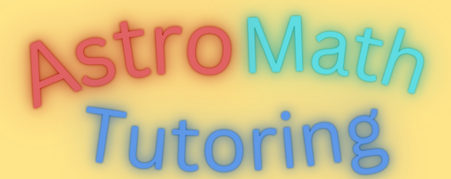Intuition has played a major role in the philosophies of Plato, Aristotle, Spinoza, Pascal, Nietzsche, and Bergson. But today, few PhD theses are written about it, and no academic courses prioritize it. When you run a Google search on intuition, the majority of hits are new-agey life coaching blogs and astrology threads. How did such a previously-respected philosophical topic become so marginalized in intellectual discourse today? I think it is helpful to use Carl Jung’s distinction between introverted and extraverted intuition. Introverted intuition is what interested the philosophers, but also what a spirituality or meditation blog today might discuss. Writing in the 1620s, Rene Descartes defined “intuition” as follows:
By “intuition” I do not mean the fluctuating testimony of the senses or the deceptive judgment of the imagination as it botches things together, but the conception of a clear and attentive mind, which is so easy and distinct that there can be no room for doubt about what we are understanding. […] Thus, everyone can mentally intuit that he exists, that he is thinking... and the like. 1
Introverted intuition can lead to insight when combined with enough reflection and expertise.
This philosophical concept of intuition actually reached its peak about 100 years, playing a central role in the philosophy of Henri Bergson, and also the system of logic of LEJ Brouwer, which was actually called Intuitionism. While both of these schools of thought were highly influential at the time, they both were harshly criticized by adherents of rationalism, and following WWII, both Bergson’s and Brouwer’s influence declined, as the rationalist-scientific paradigm received the vast majority of funding and interest.
Extraverted intuition is the type of intuition that life-coaching and investment guru articles refer to. Whereas introverted intuition is sharply focused, extraverted intuition is open-minded. It marshals the information from all other cognitive functions together, and “takes a zoomed-out perspective in order to identify interesting connections.” 2
The brains of most animals are divided into two roughly-symmetrical sides. For humans, and all vertebrates, each side of the body is connected to the opposite side of the brain. For example, when I decide to move my left arm, neurons fire in the right side of my brain. Also, for 90% of people, the ability to speak and understand language is linked to the left side of the brain.
In the same way that one region of brain cells controls arm movement, and another region of brain cells control speech, aspects of our personalities correspond to specific regions of the brain, as well. For instance, Harvard neuroscientist Jill Bolte-Taylor maps out 4 distinct personality-aspects: left-thinking, left-emotion, right-thinking, and right-emotion. Even before these discoveries about neuroscience, philosophers, such as Pascal and Nietzsche, intuited that the mind could not be reduced to a single aspect, but contained multiple, sometimes opposing drives. In general, left brain processes are detail-oriented and specialize in routine tasks, while right brain processes are big-picture-oriented and specialize in integrating new information.
